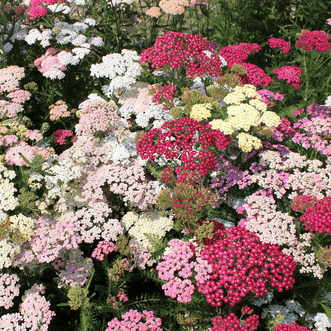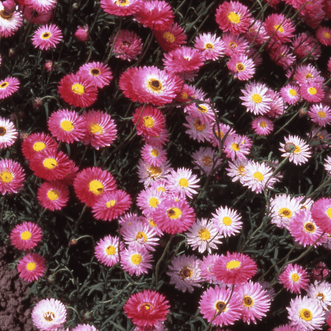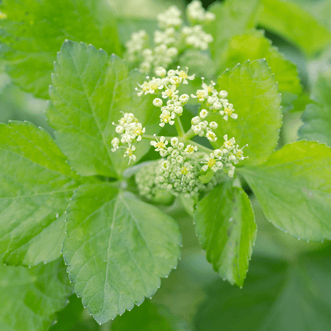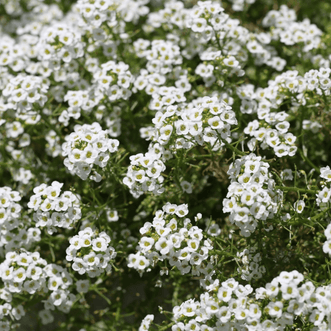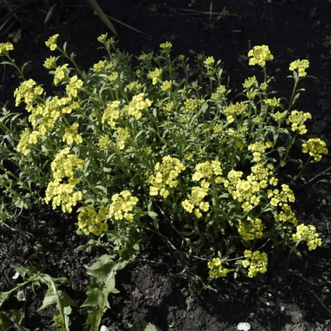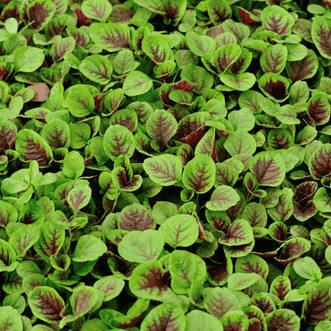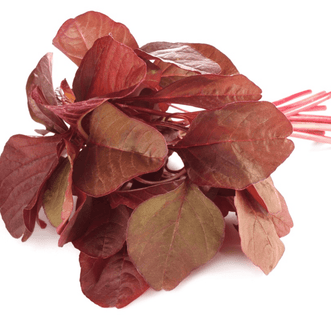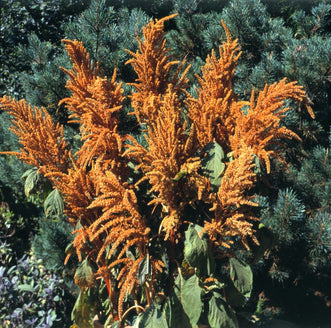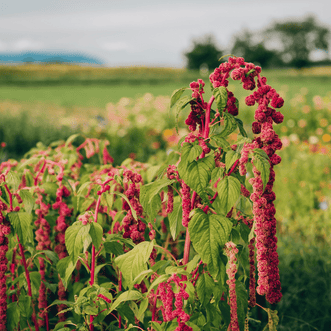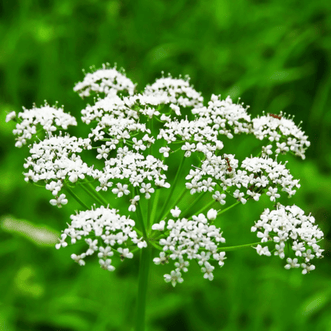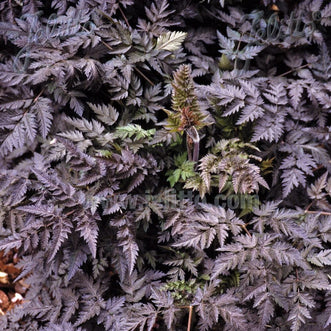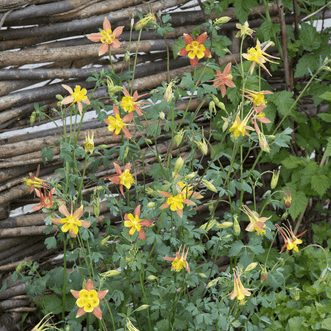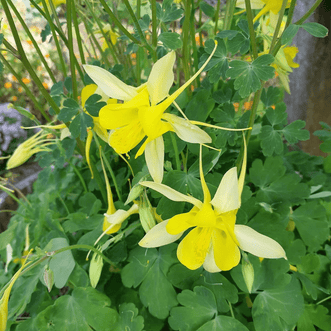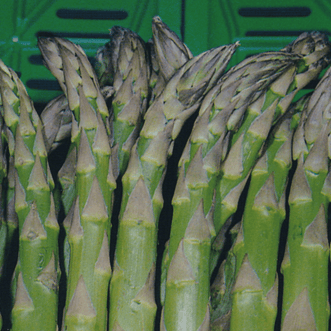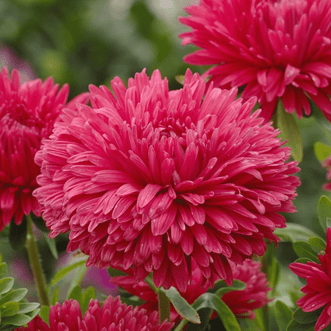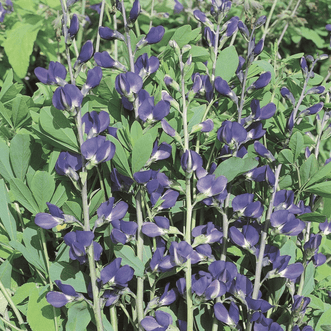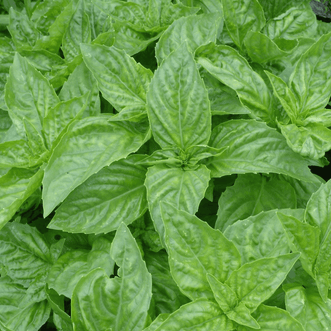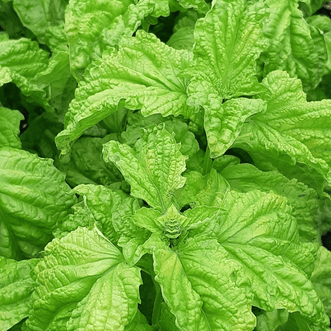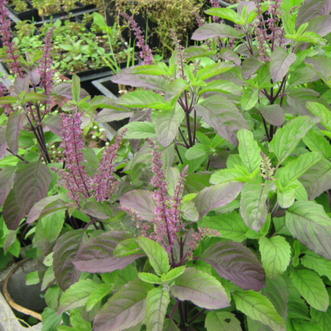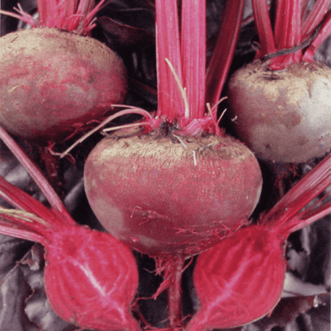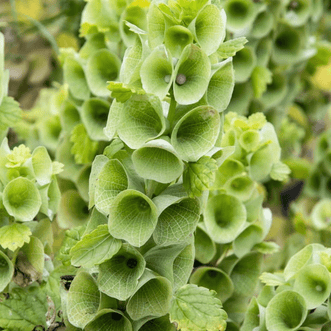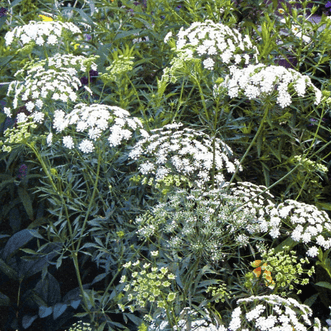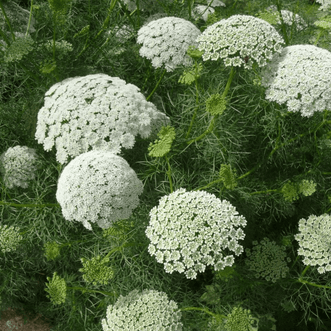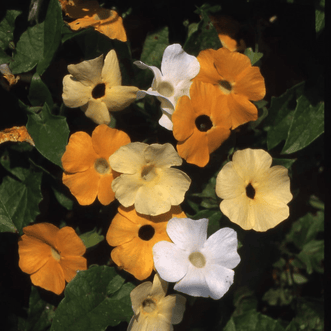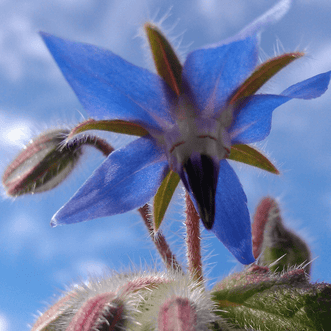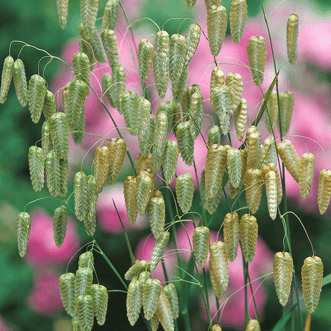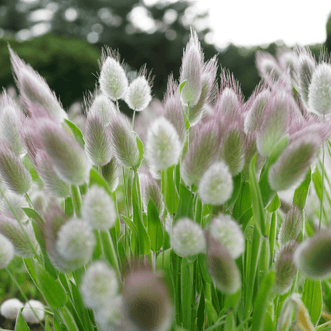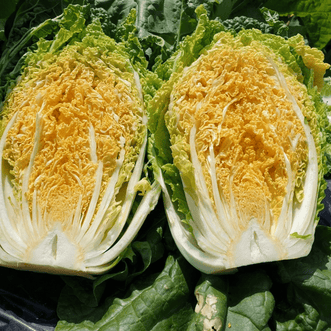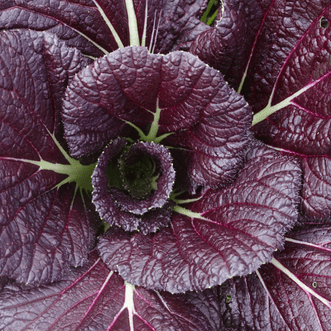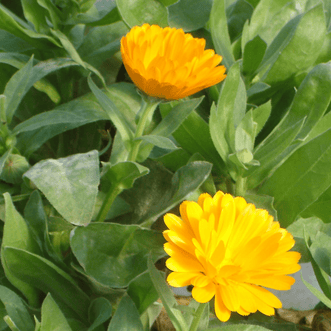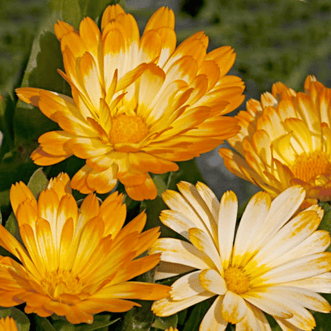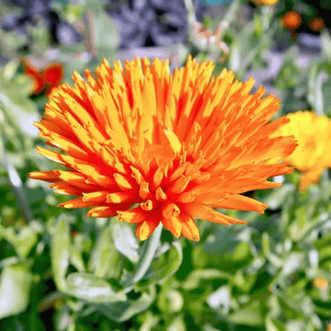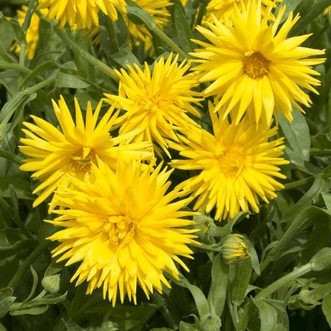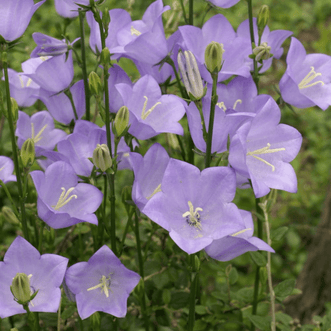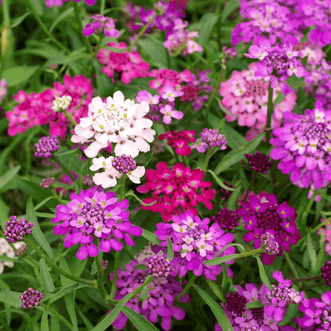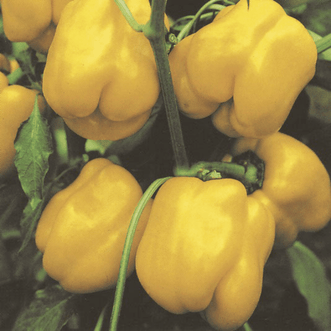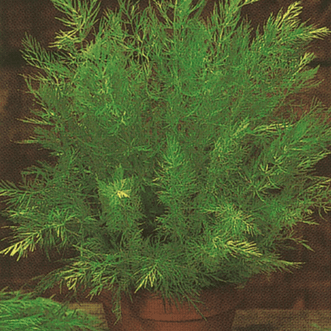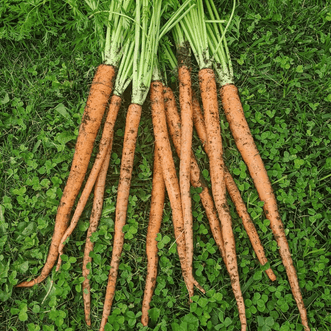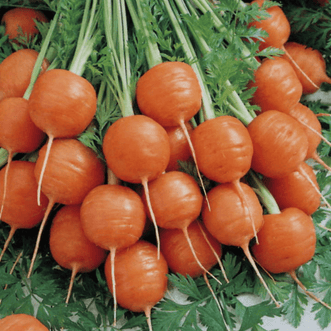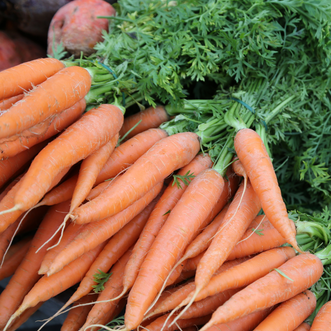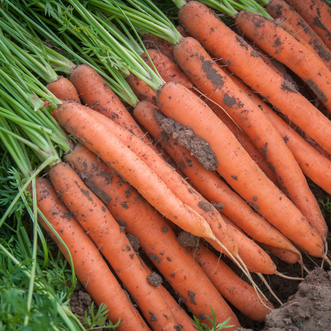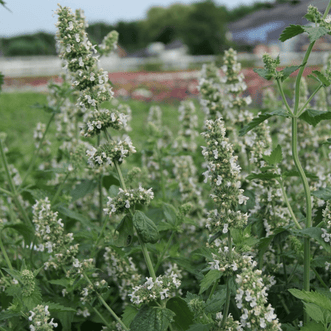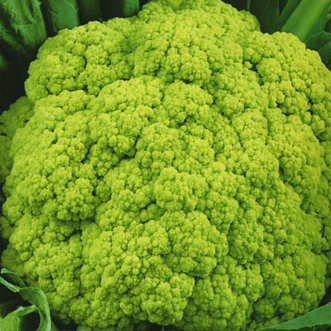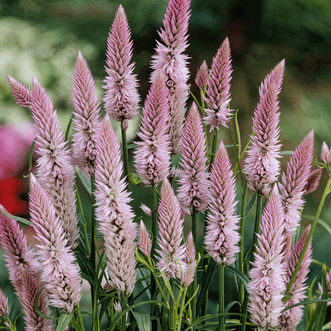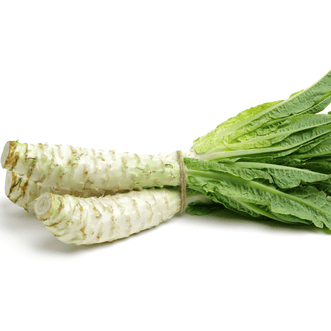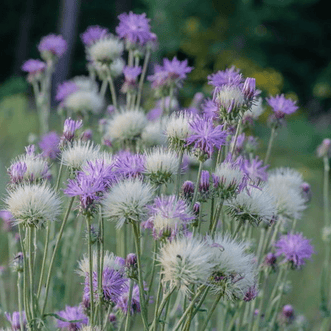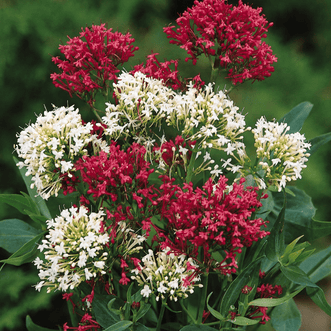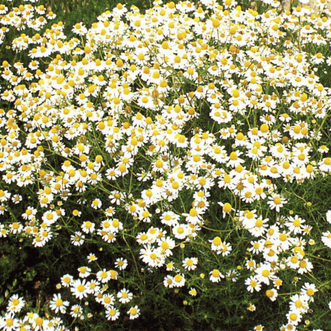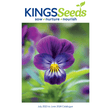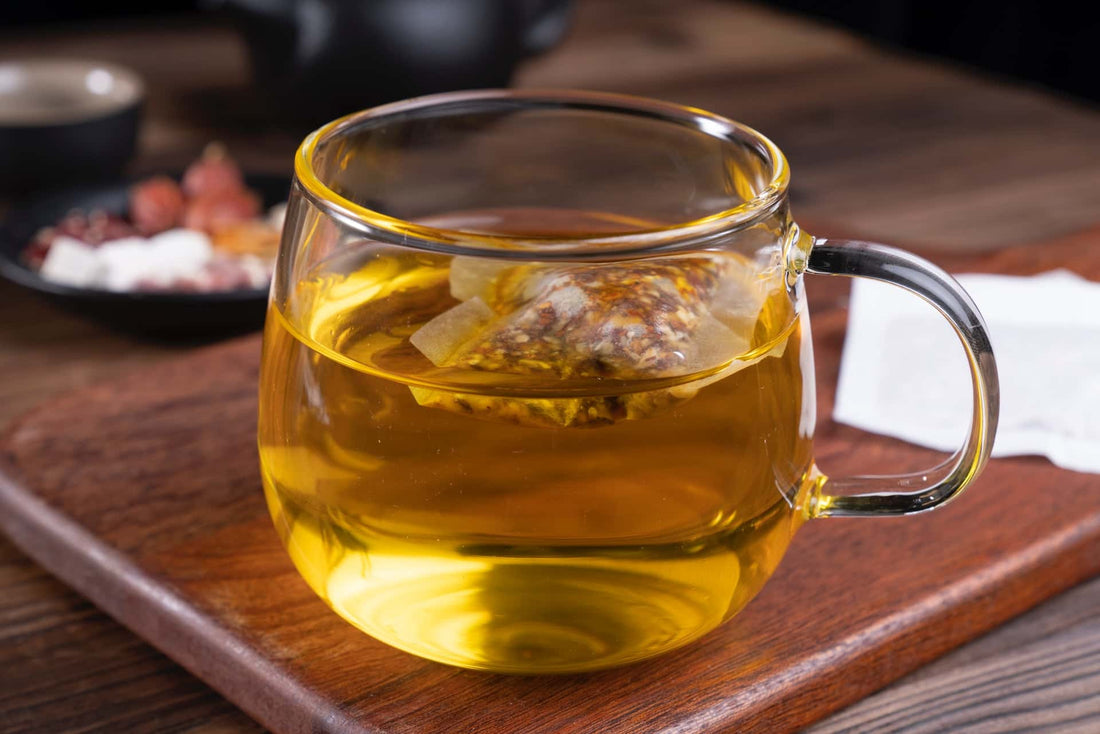
Herbal Teas
CarolynWhat is a herb? A simple definition is a plant that can be used in a culinary, medicinal or industrial way. A herb differs from a spice in that you generally use the leaf while the spice uses all the other parts of the plant - seed, stem, bark or root.There are many leafy herbs that you could enjoy more by infusing them as teas and taking advantage of their flavours and health benefits...
Herbal tea can be a very pleasant, refreshing drink and made with fresh or dried herbs. Drying surplus herb leaves over the summer months allows you to enjoy them later in the year when fresh leaves aren’t available. In most cases, fresh is best for teas. Your dried herbs are recommended for herbal infusions because the process of drying the herb breaks down the cell wall, making the beneficial properties more available.
To make a simple herbal tea, pick the fresh leaves of herbs you like, about 2 teaspoons of squashed leaves per cup. Crushing or bruising them a bit helps to release their volatile essential oils. Pop them in a cup, teapot or plunger pot and pour boiling water over them. Steep for a few minutes before drinking. If you would like to sweeten your herbal tea, stir in a little honey or sugar. Herbal teas can be made in larger quantities and stored in the fridge, drawing on them as either a cool drink or a cuppa to be reheated.
A herbal infusion differs from a herbal tea because rather than just being a nice drink, it has medicinal qualities. If you want to benefit from the medicinal properties of your herbs, make an infusion rather than a tea. To make a herbal infusion, you will need to use a greater quantity of the herb and steep for much longer - from 20 mins to 4 hours of steeping. A herbal infusion can be kept in the fridge for up to 24 hours after making it - just reheat gently or add a little boiling water to re-warm before drinking if you don't like it cold.
There are some well known herbal teas like Chamomile and Peppermint, but many others that you can also use for teas and infusions.
This isn't a comprehensive list of herbal teas, just a selection of what you could grow and use...
Bergamot Bee Balm Bergamot fistulosa
Use both the foliage and the flowers, collecting the latter when the blooms are fully open.
Bergamot tea contains antibiotic and antiseptic compounds, so it can be taken to soothe sore throats and ease symptoms of the common cold.
Chamomile Matricaria recutita
Chamomile tea made from the flower heads calms the nervous system and promotes sleep, drinking it after meals also aids digestion. A stronger infusion can be used as a mouthwash to treat mouth ulcers and gum disease.
Dill Anethum graveolens
Dill tea is made from the seeds - use about 1 teaspoon of seeds to make 1 cup of tea.
This tea aids digestion, relieves flatulence and abdominal cramps, and a little dill water is a traditional remedy for colic in children. Chew a few seeds for sweet breath. Dill also promotes healthy hair and nails.
Dandelion Taraxacum officinale
Roots, leaves and flowers of Dandelion are most commonly used. Dig the roots in autumn or spring, these can be dried and also ground to use as a coffee substitute. The leaves and flowers can be used for a nutritious tea.
The root improves digestion and is good for relieving constipation. It's also used to ease chronic joint and skin inflammations, high cholesterol, acne, cellulite and obesity. Dandelion leaf is bitter and can stimulate digestion. It is a stronger diuretic than the root and contains high levels of potassium. It is used to reduce high blood pressure, to aid poor circulation and relieve arthritis, gout and fluid retention. Use a fresh flower infusion externally for oily skin, sunburn and insect bites.
Lemongrass Cymbopogon citratus
Lemongrass tea can be taken as a refreshing drink and is rich in vitamin A. It's good for relieving congestion, headaches, fever, stomach aches, digestive problems, flu symptoms and it has mild sedative properties.
Lemongrass is quite fibrous, but has lots of oils in its veins and pores. Tear the leaves lengthways into ribbons or chop them into small pieces to help release the oils and flavonoids.
Lemon Balm Melissa officinalis
Lemon Balm is wonderfully calming and is therefore useful for all problems arising from tension and stress. It also supports the digestive system and can be used for infantile colic, the common cold, flu and fevers. The best parts are the young shoots and tips pick them on a regular basis to encourage new growth.
Peppermint Mentha piperita
Harvest the leaves and flowers just before the flowers open, they’re great for hanging and drying in bunches for using at a later date. Once dry, store in a container to stop them crumbling and dropping crumbs everywhere. Peppermint tea can be used as a general aid to digestion. It also eases anxiety and tension and can be used for fevers, flu and colds. As a poultice, the fresh leaves can be applied externally for itching and inflammatory skin problems.
Sage Salvia officinalis
Use aerial parts of the plant prior to flowering - collect leaves as the plant comes into flower. Young new growth is soft and not as strongly flavoured as older leaves.
As an astringent, antiseptic and bitter digestive stimulant, Sage will restore digestive function. It is a relaxant to the nervous system. Sage helps reduce or stop lactation in breastfeeding mothers. This is a useful herb to treat sore throats, tonsillitis, mouth ulcers and gum disease - use as a gargle for this. Also used when used externally as a strong lotion for skin abrasions.
Thyme Thymus officinalis
Use the leaves and flowering tops, collecting as the plant flowers. Thyme is strongly antiseptic and is therefore useful for infections, gargling a thyme tea will ease a sore throat and reduce inflammation. It can also be applied externally as a poultice for skin conditions, wounds and fungal infections.
Yarrow Achillea millefolium
The whole of the plant above ground should be gathered when in flower.
Yarrow is used to reduce fevers and may lower blood pressure, improve circulation and reduce palpitations. It stimulates digestions and improves appetite, and can be used externally on wounds and ulcers to inhibit bleeding and aid healing. It has a bitter flavour, but a teaspoon of honey helps, and isn't honey good for you anyway?
Herbal teas and infusions vary in palatability. Many of you will already be fans of Chamomile, Lemon Balm and Peppermint teas. Try some new ones, they may surprise you, in particular Dill tea. Some infusions don't taste quite so nice though - Thyme and Sage for example - but since both are strongly antiseptic and good for colds, they're worth a go. And Yarrow tea? Lucky, it's good for you!


